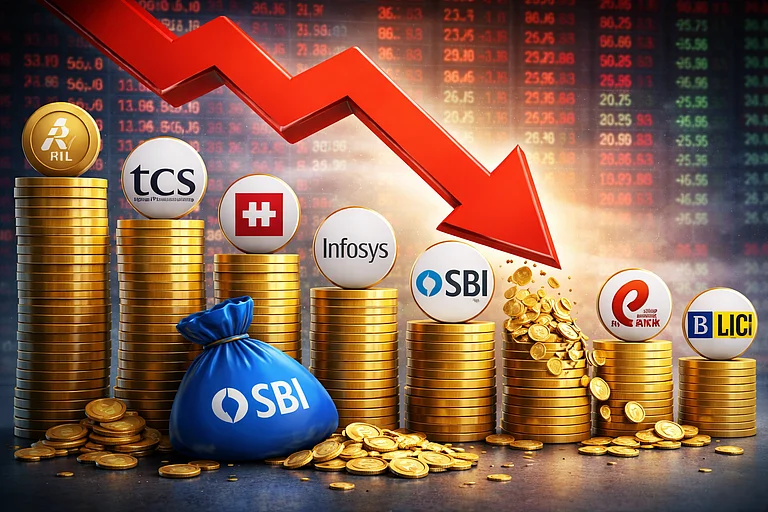The Reserve Bank of India (RBI) in its first monetary policy of this financial year left the key repo rate unchanged at 4 per cent. The RBI Monetary Policy Committee (MPC) unanimously voted to keep rates unchanged. However, the central bank has revised gross domestic product (GDP) growth forecast to 7.2 per cent in FY23 from 7.8 per cent.
The central bank also believes that going forward there will likely be inflationary pressure. It revised the forecast to 5.7 per cent in FY23 from the earlier 4.5 per cent. The massive upward revision in inflation projections could be attributed to the recent spike in food, fertilizer, energy and other commodity prices due to the ongoing geopolitical crisis.
End of Extra Accommodative Stance
RBI governor Shaktikanta Das has activated the sunset clause on the special measures brought in during the Covid period. “The MPC also decided unanimously to remain accommodative while focussing on withdrawal of accommodation to ensure that inflation remains within the target going forward, while supporting growth,” said Das in his commentry.
He added that RBI has decided to restore the width of the Liquidity Adjustment Facility (LAF) corridor to 50 basis points, the position that prevailed before the pandemic. The floor of the corridor will now be provided by the newly instituted standing deposit facility (SDF), which will be placed 25 basis points below the repo rate, i.e., at 3.75 per cent. This clearly signals a calibrated removal of accommodation in this fiscal going forward.
SDF Signal For Future Rate hike

Experts believe that introduction of SDF means RBI is moving back to the pre-pandemic era in terms of policy stance. “RBI has introduced SDF at 3.75 per cent. This effectively means the overnight rates will have a floor of 3.75 per cent (rise by 40 basis points or bps). This policy, in some sense, is a segue to tightening policy rates in the coming months,” says Lakshmi Iyer, chief investment officer (debt) ad head products, Kotak Mahindra Asset Management Company.
Other experts also believe the same. “The April review was decidedly more nuanced and cautious in the assessment and guidance, with RBI acknowledging upside risks on inflation and taking measured steps to exit from the extremely accommodative policy stance. A key change has been the shift in the LAF corridor by instituting SDF at 3.75 per cent,” says Rajeev Radhakrishnan, chief investment officer, fixed income, SBI Mutual Fund.
After an exemplary handling of Covid-related disruptions in the last two years, RBI is yet again seen acting just at the right moment on a forward-looking approach to arrest inflationary pressures, says Mahendra Jajoo, chief investment officer, fixed income, Mirae Asset Investment Managers. “The focus is now seen gravitating toward pre-emptive action towards any possible flare-up in inflation expectations,” says Jajoo.
The upside risk of inflation shows no signs of abating with crude price persisting above $100, food, metals and other commodities are already on fire. It is to be seen how inflation persists in the near future and what RBI does to tame inflation.













